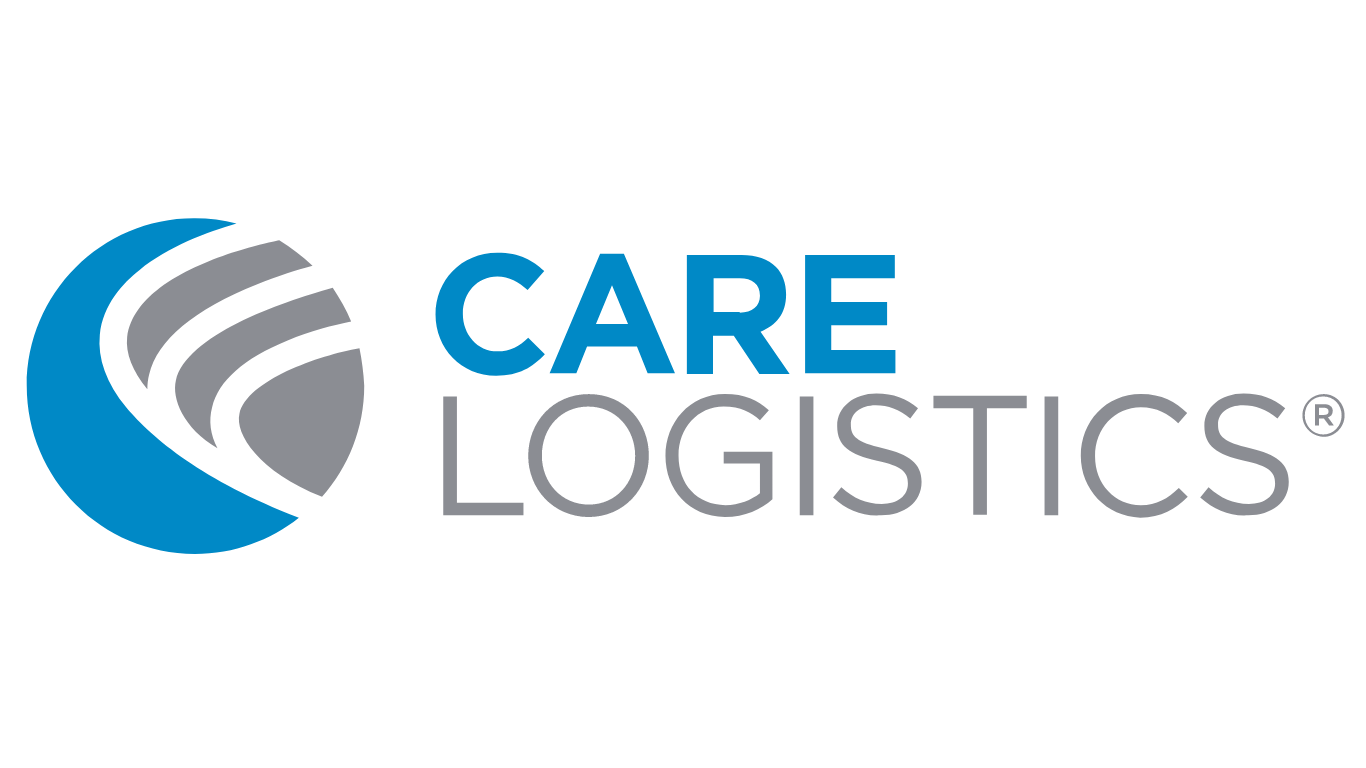Meeting the Demand for Care with Fewer Staff
Solutions to Optimize Your Hospital’s Staff Utilization
A hospital's staff is undeniably one of its most valuable resources. Efficient workforce utilization is crucial as it directly impacts the hospital's budget, staff well-being, and, most importantly, patient care. To enhance resource allocation and improve patient outcomes, hospitals should prioritize utilizing staff to their fullest potential so they are operating at the top of their license and making the most of their unique skills and experiences. Let’s explore the significance of optimizing staff utilization and delve into operational solutions that can help healthcare facilities do more with less.
The Importance of Proper Staff Utilization
In healthcare, every team member's expertise is invaluable. When healthcare professionals are not working at their full potential, it can lead to inefficiencies, reduced productivity, and increased stress and burnout among staff members. Furthermore, patient care might suffer consequently. By focusing on utilizing staff members to their maximum capabilities, hospitals can ensure that each team member contributes optimally to delivering high-quality care.
Considering the Future of Healthcare
As the healthcare industry evolves rapidly, new systems and solutions are constantly being implemented to overcome challenges. One such solution that hospitals are now considering is virtual care. Virtual care enables healthcare providers to efficiently monitor and manage various aspects of care from remote locations. By employing virtual care solutions, hospitals can relieve the strain on on-site inpatient resources, allowing them to concentrate on critical tasks and expand their capacity to provide direct care.
Potential Benefits of Virtual Care Implementation
Reducing the Burden for In-Person Staff: With virtual care, healthcare providers can remotely attend to non-urgent tasks, reserving valuable in-person resources for more critical tasks that require hands-on care or a more highly skilled approach.
Cost Savings: By implementing virtual care, hospitals can significantly reduce their staffing costs by increasing the bandwidth of existing on-location staff. This reduces the necessity for additional in-person staff, which is often more costly to the organization.
Expanded Reach: Virtual care allows hospitals to extend their capacity beyond the walls of their facility by enabling patients to receive inpatient care from their own homes. This frees up both inpatient beds and staff bandwidth.
Increased Efficiency: By segmenting care into virtual and in-person providers, you’re allowing your staff to specialize their skillset more specifically. This helps staff members practice advanced skills in their specified areas rather than having to do everything and anything. Virtual care also allows for greater immediacy, as your patient isn’t waiting for in-person care to be delivered. This facilitates quicker, more efficient patient flow.
Setting Virtual Care Staff Up for Success
If virtual care is new to your hospital, you might be wondering how to effectively incorporate this new team into the existing system. When dealing with on and off-site staff, communication, visibility, and alignment are essential. Our solutions provide enhanced visibility across all areas of the organization, which enables staff to stay informed, aligned, and connected. This will help teams who can’t all be in the same location create a unified course of action.
Operational Solutions: Automating for Efficiency
Whether your staff is on-site or virtual, expanding their bandwidth is crucial. One of the primary methods to achieve optimized staff utilization is by implementing innovative tools that can automate and eliminate unnecessary tasks. This enables healthcare professionals to dedicate more time to direct patient care, making it possible for them to concentrate on the aspects of their job that require their specialized skills and knowledge.
Any time a staff member is spending time on a task that could have been automated or is affected by inefficiencies, your hospital is paying for it. Investing in operational solutions leads to a more productive and satisfied workforce, directly impacting patient care and revenue generation. Consider implementing solutions such as ours to facilitate better staff utilization.
Easing the Burden of the Staffing Shortage
It’s no secret that the healthcare industry is facing a substantial staffing shortage, and it’s hitting health systems hard. Leaders are faced with the seemingly impossible task of providing more care with fewer staff. To address this critical issue, we have developed cutting-edge tools that can transform healthcare operations. By eliminating administrative tasks, streamlining patient flow, and reducing waste, you can free up precious time for healthcare professionals to focus on what matters most – delivering exceptional patient care.
Good for Hospitals, Good for Patients
Optimizing hospital staff utilization is crucial for delivering high-quality patient care, ensuring staff satisfaction, and managing the hospital's budget effectively. By investing in innovative tools that optimize resource management, hospitals can create a more productive and efficient workforce, ultimately leading to better patient outcomes and increased revenue generation. Embracing these changes enables hospitals and health systems to provide the best possible care to their patients.



